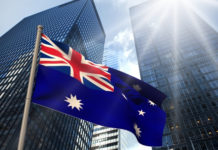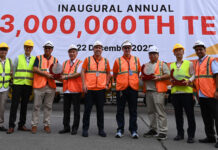
Sumitomo Corporation, Toho Gas Co., Ltd., Kawasaki Kisen Kaisha, Ltd. (“K” LINE) and Woodside Energy Ltd (Woodside) have signed a non-binding memorandum of understanding (MOU) to jointly conduct a feasibility study to establish a CCS value chain between Australia and Japan.
In particular, this study aims to investigate the feasibility of establishing an entire CCS value chain among the four companies, whereby CO2 emissions from various industries and companies in the Chubu region, Japan, are hoped to be captured/accumulated, and liquefied by using such technology as CO2 separation and capture using unutilised LNG Cryogenic Energy” being developed by Toho Gas and transported to Australia by a low-temperature, low-pressure liquefied CO2 carrier for injection/storage at Australian storage site.
Additionally, according to the report, “Through this study, we will estimate the amount of CO2 to be captured, examine the optimal CO2 capture, accumulation and transportation methods, estimate the amount of CO2 that can be stored at storage sites in Australia, evaluate the necessary storage technologies and monitoring systems. In addition to the technical requirements, we will assess the relevant regulatory frameworks and the costs in each segment of the CCS value chain.”
Finally, the Japanese government has set a goal of reducing overall greenhouse gas (GHG) emissions to Net Zero by 2050 and implemented a policy to develop a business environment to initiate CCS project by 2030 in its “Basic Policy for the Realisation of GX”.





